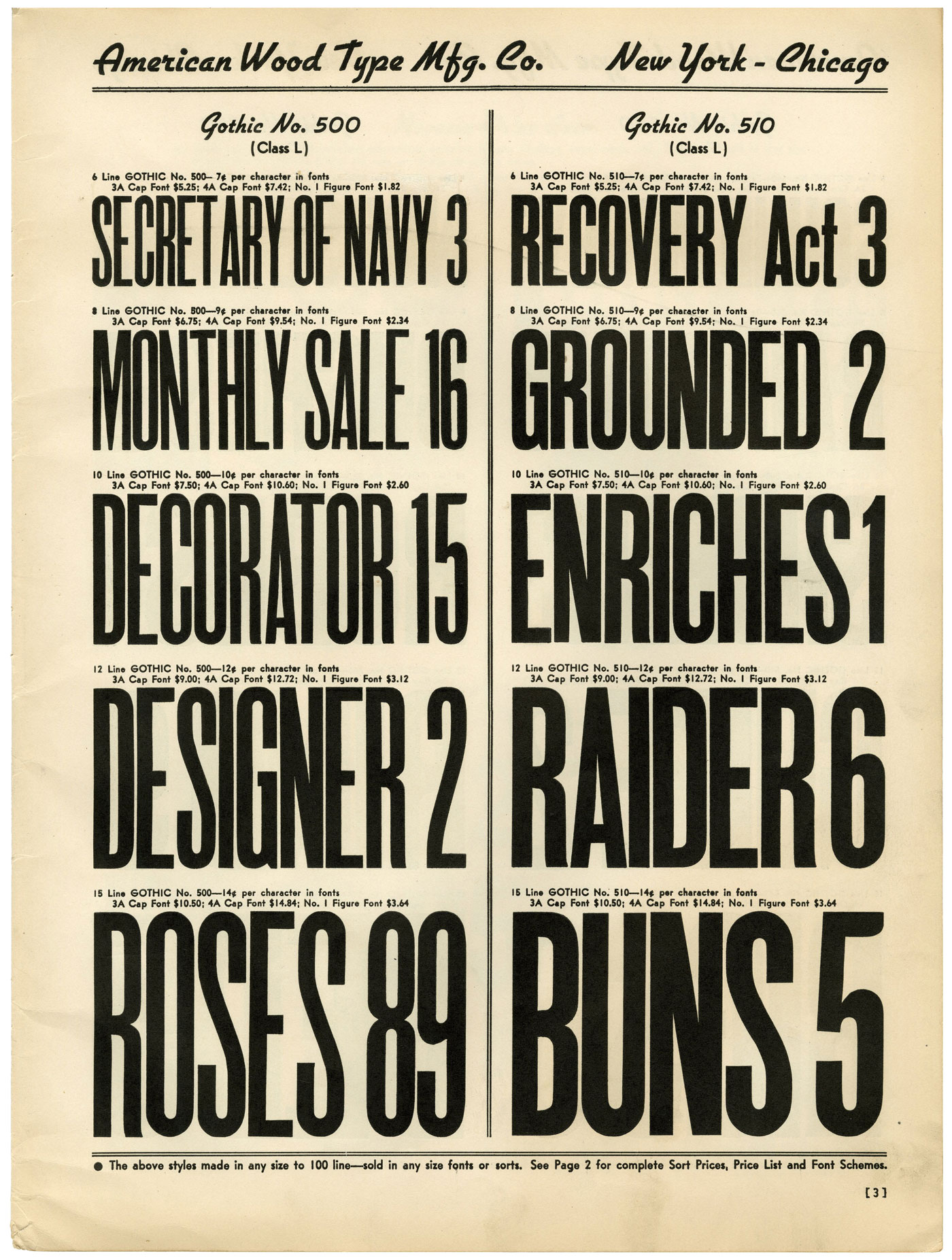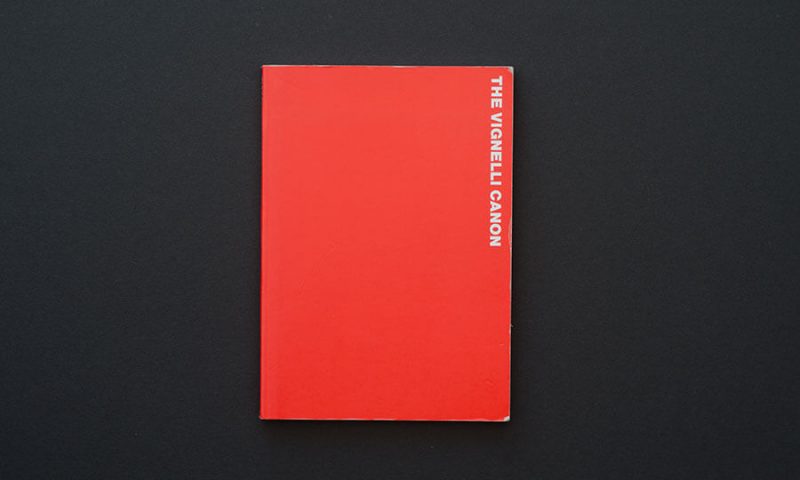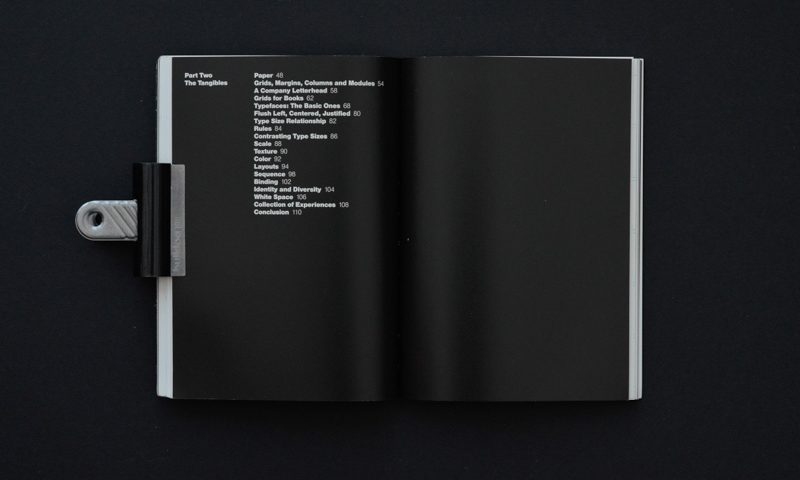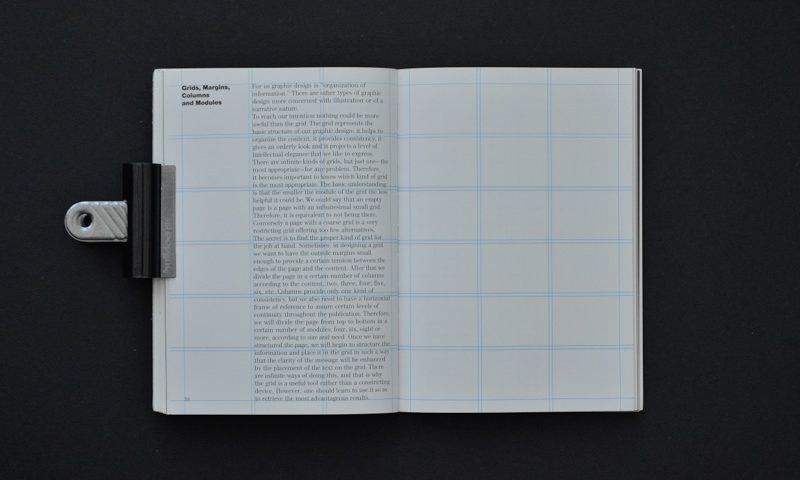Assignment 06
Grids & Structure: Grid
Design a 5.5×8.5" type specimen zine for one of Massimo Vignelli’s Favorite typefaces. Your specimen design and layout should highlight the unique features of your chosen typeface. It should also exemplify how your typeface could be used in context.
1. Garamond
2. Bodoni
3. Futura
4. Times New Roman
5. Helvetica
6. Univers
Complete the interior spreads of your zine, 12 pages minimum. Next week, we will discuss your design system: grids, margins, and layout decisions. Print your zine single sided and hang your work in order. In addition to all the spreads in your zine, print a spread with your structure exposed; annotate your grid columns, rows and page margins.
Requirements
—12 pages minimum
—Character Set, upper and lowercase with punctuation and numerals
—Example ‘waterfall’ text setting, from 10pt to 70pt in 10pt increments
—Three spreads highlighting unique characteristics of your typeface, one characteristic per spread
—Minimum 5 page history describing the story of your typeface using text and historical images
—Annotated spread with grids and margin exposed

Background
Specimen books are traditionally published by type foundries and printers to demonstrate the range and quality of their work. They are the printed brochures or catalogs of type foundries and printers, offered to advertise the range and quality of type available.
Type Specimen References & Examples
GT America
GT Eesti
GT Super
Font Review Journal
Typographica
Klim


Example of a ‘waterfall’, showing the type increasing in larger increments

Background
The Grid, as exemplified by Obys Agency. This site documents their different grid structures in various projects. “The grid divides an available surface into a number of proportioned subdivisions serving the needs of the work in hand, and provides a visual structure on which the design can be based. The grid makes it possible to bring all the elements of design - type, photography, illustration and colour - into a formal relationship to each other; that is to say, the grid system is a means of introducing order into a design. A deliberately composed design has a clearer, more neatly arranged and more successful effect than an advertisement put together at random. The grid system is an aid, not a guarantee. It permits a number of approaches, and each designer can look for a solution appropriate to the object in view and congenial to his personality. But one must learn how to use the grid system; it is something that has to be practised. Each task calls for a grid suited specially to itself. It must enable the designer to arrange the captions, photographs and illustrations so that they are each as visually effective as their importance warrants, but yet form an ordered whole.” — Josef Müller-Brockmann, The Graphic Artist and his Design Problems (link)

Background
Published in 2010, The Vignelli Canon distills Massimo Vignelli’s core design principles into a holistic book. This is a great place to start if you’re struggling with your grid. Specifically, read Part II titled “The Tangibles”. Massimo goes over the various steps into designing a publication, deciding on an appropriate grid, and organizing information. (link)

